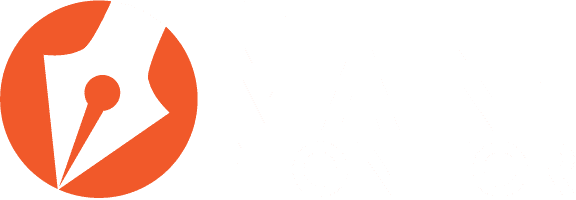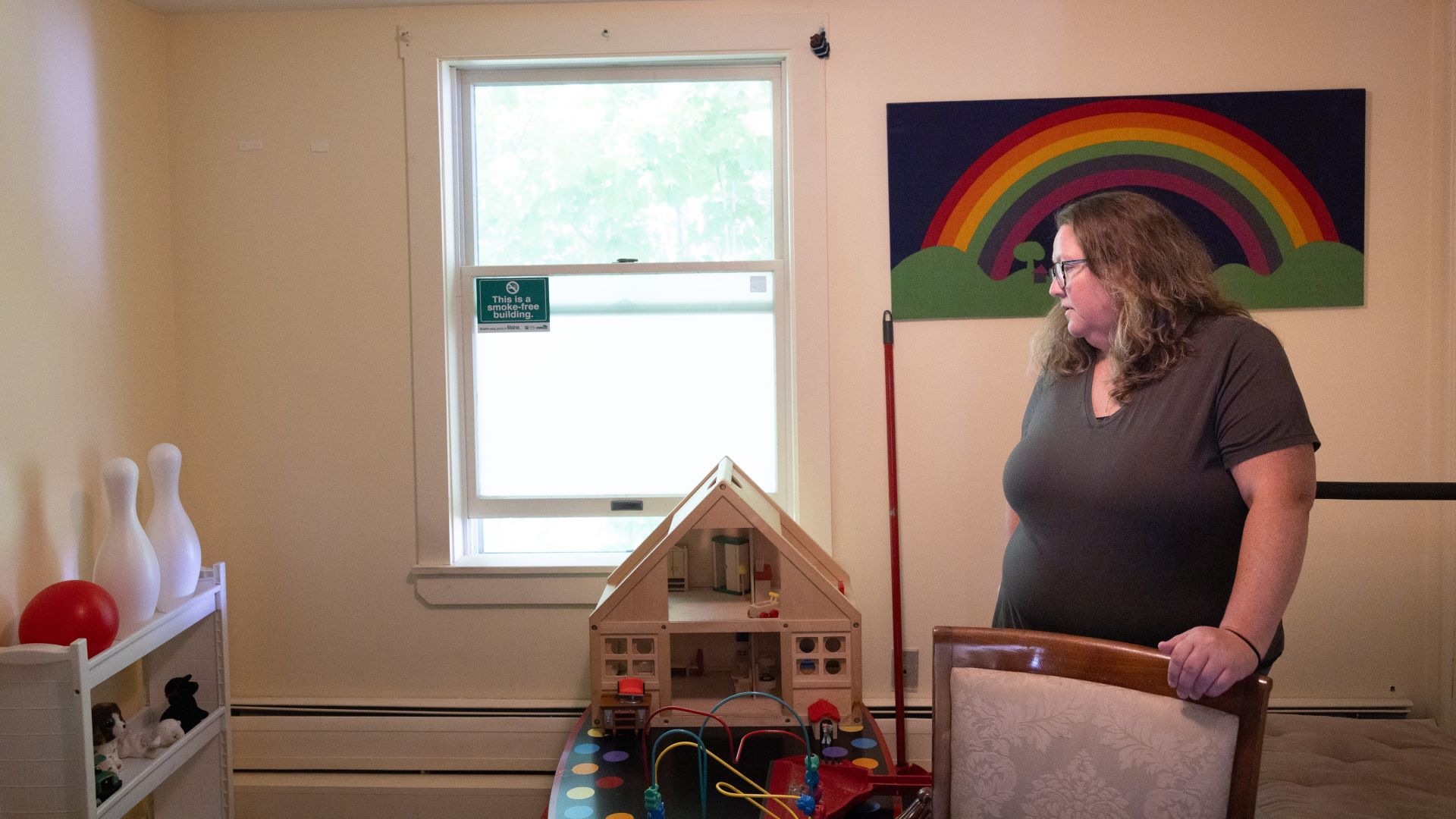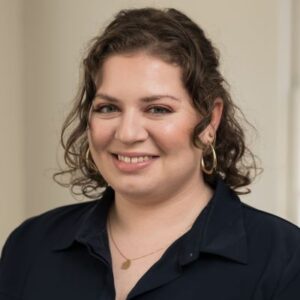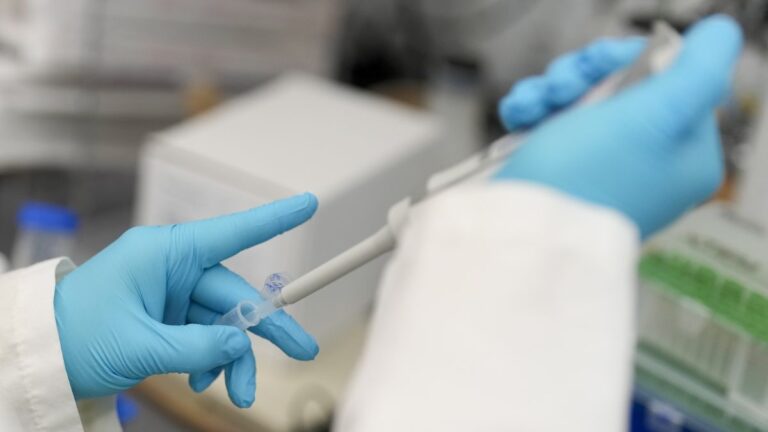Back in March, I was on the phone with the clinical director of Community Caring Collaborative, a Washington County-based organization, to talk about mental health services for a story on weapons restriction orders. That was the first time I heard about Safe Harbor Recovery Home.
The Machias residence, which opened in August 2020, is a collaborative effort between Community Caring Collaborative, Healthy Acadia, Aroostook Mental Health Center and Downeast Community Partners. It is a home for women in recovery from substance use disorder: a place where they can live full-time and get help arranging treatment services, with an eye toward long-term, sustained recovery and independent living.
Four out of the five units can accommodate children 10 and younger, making it unique. Of the around 80 homes certified by the Maine Association of Recovery Residences, Safe Harbor is one of only two that invite women in recovery to bring their children with them.
That surprised me, considering the clear need for substance use disorder services for parents: in 2022, Maine’s Office of Child and Family Services documented substance use as a risk factor in 55 percent of cases where a child was removed from their home. That’s well above the national rate of 42 percent in 2021, the latest year for which data is available.
Yet multiple evaluations of Maine’s child welfare system from the past few years have found that it repeatedly fails to adequately identify and address parents’ substance use, from caseworkers’ poor communication of goals and expectations for parents to long waitlists for required mental and substance use services that hinder parents’ progress toward reunification.
I decided to look more closely at Safe Harbor because I was interested in learning about possible solutions to the large overlap between substance use and involvement in the child welfare system.
I had some initial phone and Zoom calls with CCC’s substance use response coordinator, Abby Frutchey; Healthy Acadia’s recovery program director, Penny Guisinger; and Safe Harbor’s house manager, Katie Sell, but I knew I needed to visit Safe Harbor and speak to residents. In May, I drove up to Machias, where I met Sell, Guisinger and Lauren Sachs, who provides support and navigation services for residents, at the home.
When I arrived, a couple women were in the kitchen making lunch while others opted to stay in their rooms. As Sell and Sachs took me on a quick tour around the house, they introduced me to the residents and I was able to tell them more about who I was and why I was there.
Eventually, we settled in the living room, where we were joined by Guisinger, a resident we called Caroline and her daughter, and another resident. Later, I met up with one former resident at a cafe and spoke to another over the phone.
One of the most important lessons I’ve learned interviewing people about their personal experiences with addiction and mental illness is that I need to be clear that they get to decide what to share, and I need to be understanding if they change their mind.
I did extensive fact-checking for this story, which included multiple conversations with every person I interviewed. While I was scheduling a fact-checking call with one of the residents, she started to get anxious about the story and decided she no longer wanted to be included. I told her I understood, and we removed her from the draft.
We also made the decision to give the women pseudonyms, something we occasionally do when sources could be putting their safety at risk by speaking out. We sent a photographer, Katherine Emery, who captured beautiful photos of the women with their children and of the home itself, but chose to only use photos that obscured most or all of the women and children’s faces.
The story was supported by a grant from Reporting on Addiction, a collaboration between journalists and addiction experts that provides reporting resources and support. I’ve learned from them how to use trauma-informed, empathy-based interview techniques to build trust with sources, which I later spoke about in a fireside chat.
Their guidance was also a reminder to use person-first language and highlight the people in my stories as multidimensional, rather than defined by their substance use. And lastly, they taught me to find stories of hope grounded in solutions, which is what I aimed to do with my reporting on Safe Harbor.







